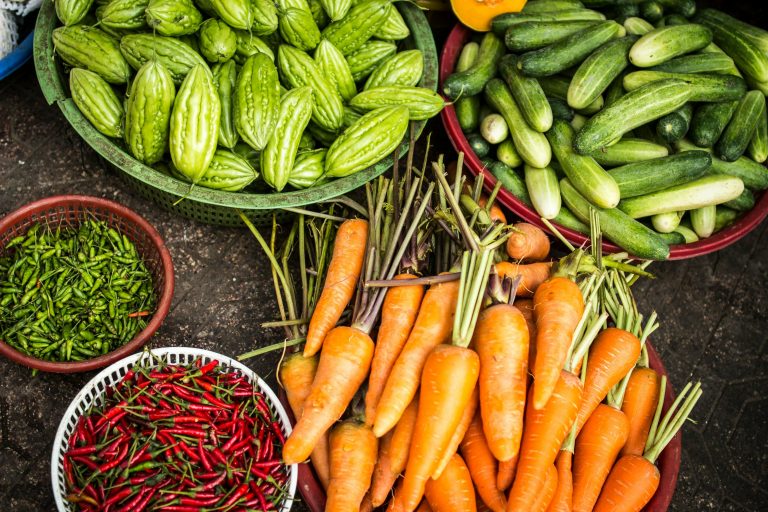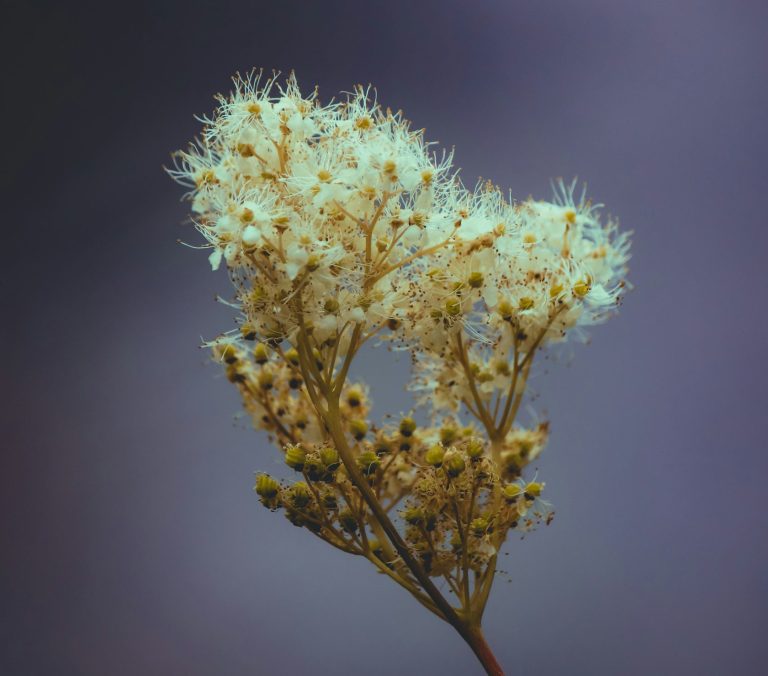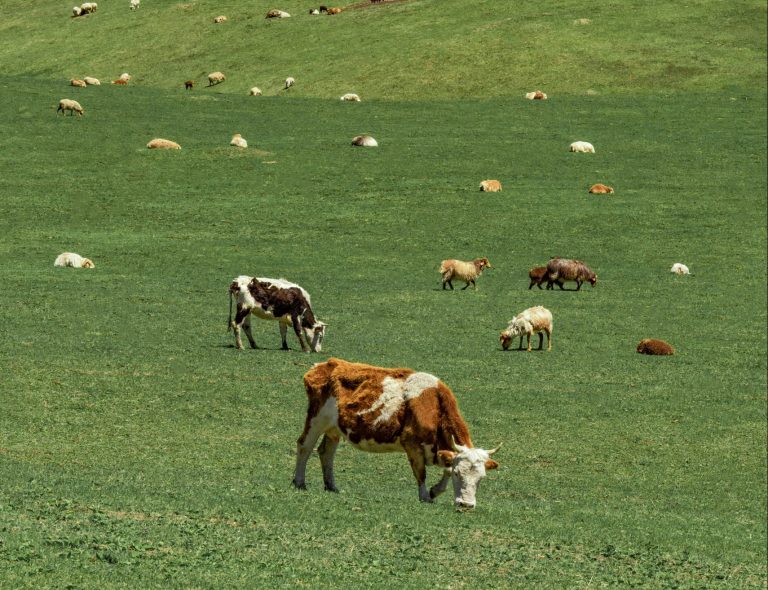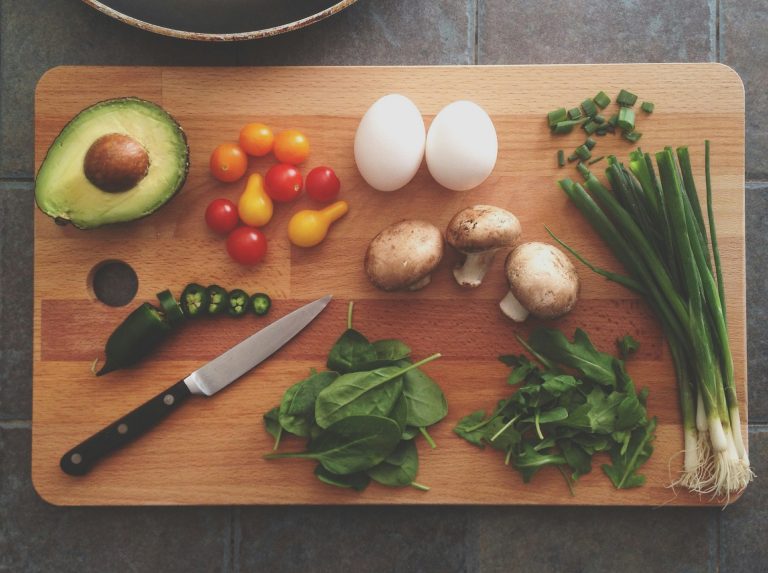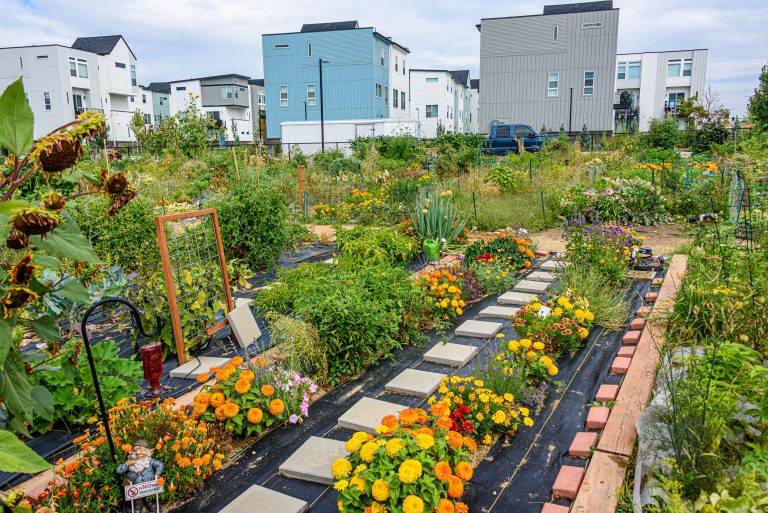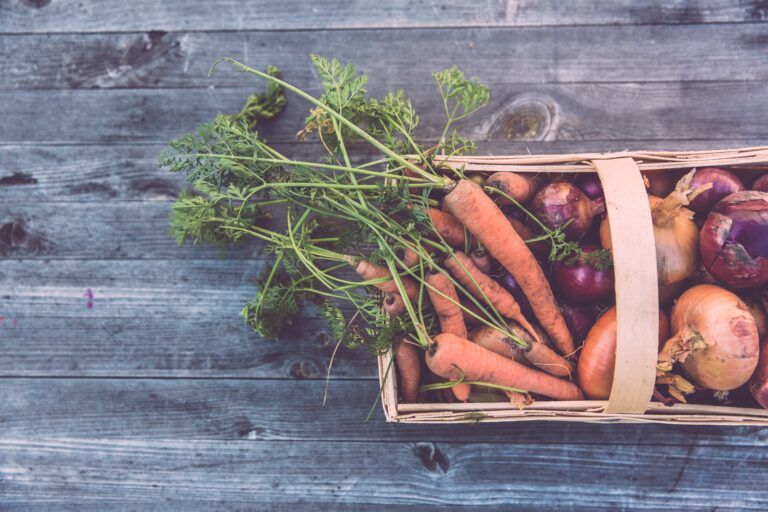The Critical Importance of Seed Saving for Sustainable Agriculture and Food Security
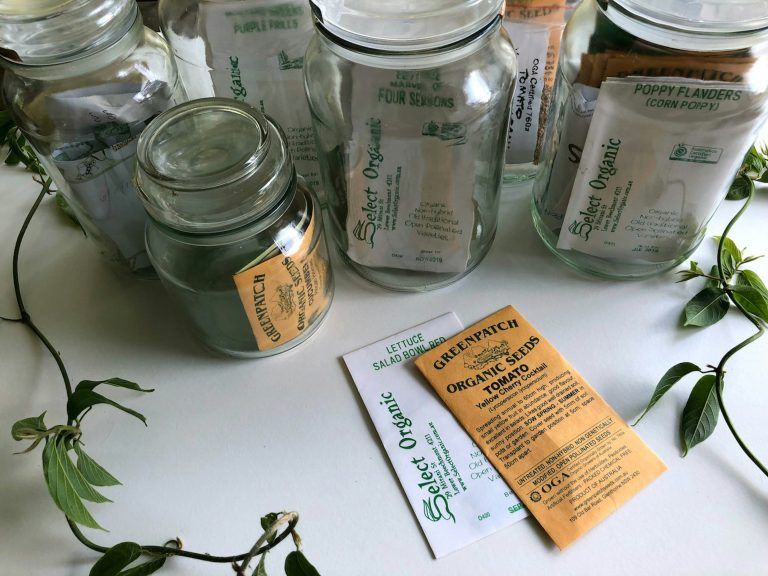
In today’s rapidly changing world, the importance of seed saving cannot be overstated. Seed saving, the practice of collecting and preserving seeds from mature plants for future use, plays a vital role in ensuring food security, maintaining agricultural biodiversity, and fostering sustainable farming practices. As climate change, industrial agriculture, and the global food supply chain face unprecedented challenges, seed saving emerges as a crucial strategy to protect our food systems and empower communities.
The Role of Seed Saving in Preserving Agricultural Biodiversity
One of the most compelling reasons for seed saving is its role in preserving agricultural biodiversity. Agricultural biodiversity refers to the variety and variability of plants used in agriculture, which is crucial for a resilient and sustainable food system. Over the past century, industrial agriculture has led to a significant reduction in crop diversity, with many traditional and heirloom varieties being replaced by a few high-yielding, genetically uniform hybrids. This loss of diversity makes our food supply more vulnerable to pests, diseases, and climate change.
Seed saving helps counteract this trend by allowing farmers and gardeners to preserve and propagate a wide range of plant varieties. By saving seeds from the strongest and most adaptable plants, individuals contribute to the preservation of genetic diversity within crops. This diversity is essential for breeding new varieties that can withstand environmental stresses, resist diseases, and adapt to changing climates. Moreover, maintaining a diverse seed pool ensures that local communities have access to a wide range of crops suited to their specific ecological conditions.
Seed Saving and Food Security
Food security is a critical global issue, and seed saving plays a key role in ensuring a stable and reliable food supply. In many parts of the world, smallholder farmers rely on saved seeds for planting the next season’s crop. This practice reduces their dependence on commercially produced seeds, which are often expensive and may not be adapted to local conditions. By saving seeds, farmers can cultivate crops that are well-suited to their environment, leading to better yields and more resilient food systems.
In addition to supporting smallholder farmers, seed saving also enhances food security by promoting self-reliance. In times of crisis, such as natural disasters or political instability, access to seeds can be disrupted, leading to food shortages. Communities that practice seed saving are better equipped to cope with such challenges, as they have a local source of seeds that can be planted immediately. This self-sufficiency reduces the risk of food insecurity and helps communities recover more quickly from disruptions.
Sustainable Agriculture and Seed Sovereignty
Sustainable agriculture aims to meet the needs of the present without compromising the ability of future generations to meet their own needs. Seed saving is a cornerstone of sustainable farming practices, as it enables farmers to maintain control over their seeds and reduce their reliance on external inputs. This concept, known as seed sovereignty, is crucial for fostering sustainable agriculture and empowering farmers to make decisions that are best for their land and communities.
Seed sovereignty goes hand in hand with sustainable agriculture by promoting practices that conserve natural resources, protect biodiversity, and reduce the environmental impact of farming. When farmers save seeds, they can select for traits that are well-suited to organic and low-input farming systems, such as drought tolerance, pest resistance, and nutrient efficiency. This reduces the need for chemical fertilizers, pesticides, and irrigation, leading to more sustainable and environmentally friendly agricultural practices.
Moreover, seed sovereignty allows farmers to resist the pressures of industrial agriculture and the seed industry’s consolidation. In many countries, a few multinational corporations control the majority of the seed market, often pushing farmers to buy patented, genetically modified seeds that cannot be saved or replanted. Seed saving empowers farmers to break free from this cycle, preserving traditional knowledge and practices that have been passed down through generations.
The Cultural Significance of Seed Saving
Seed Saving in the Face of Climate Change
Climate change is one of the most pressing challenges facing agriculture today. As temperatures rise, weather patterns become more unpredictable, and extreme weather events become more frequent, farmers are faced with the daunting task of adapting to these changes. Seed saving is a powerful tool in this fight, as it enables the selection and propagation of crops that are resilient to the effects of climate change.
By saving seeds from plants that thrive in adverse conditions, farmers can gradually develop crop varieties that are better suited to the new realities of a changing climate. This process of on-farm adaptation is essential for building climate resilience in agriculture, as it allows for the development of locally adapted crops that can withstand extreme weather, pests, and diseases. Seed saving thus becomes a critical strategy for ensuring the long-term viability of agriculture in a warming world.
Conclusion
Seed saving is a practice with far-reaching implications for sustainable agriculture, food security, and cultural preservation. By preserving agricultural biodiversity, promoting food sovereignty, and building resilience to climate change, seed saving plays a crucial role in safeguarding our food systems and ensuring a sustainable future. As the world faces unprecedented challenges, from climate change to the loss of biodiversity, the importance of seed saving cannot be overstated. By embracing and supporting this ancient practice, we can empower communities, protect our agricultural heritage, and secure a stable and resilient food supply for generations to come.
Resources to Get Started
Here are some resources to get started with seed saving yourself. Some links are affiliate links, meaning I receive a small percentage of purchases made, but it doesn’t cost you anything extra.
- The Seed Saving Bible: Learn Expert Techniques on How to Best Harvest, Store and Preserve the Seeds from Your Favorite Fruits, Vegetables and Herbs to Build Up Your Seed Bank for Years of Future Use by Steven Wood
- Seed to Seed: Seed Saving and Growing Techniques for Vegetable Gardeners by Suzanne Ashworth
- The Seed Garden: The Art and Practice of Seed Saving by Lee Buttala
